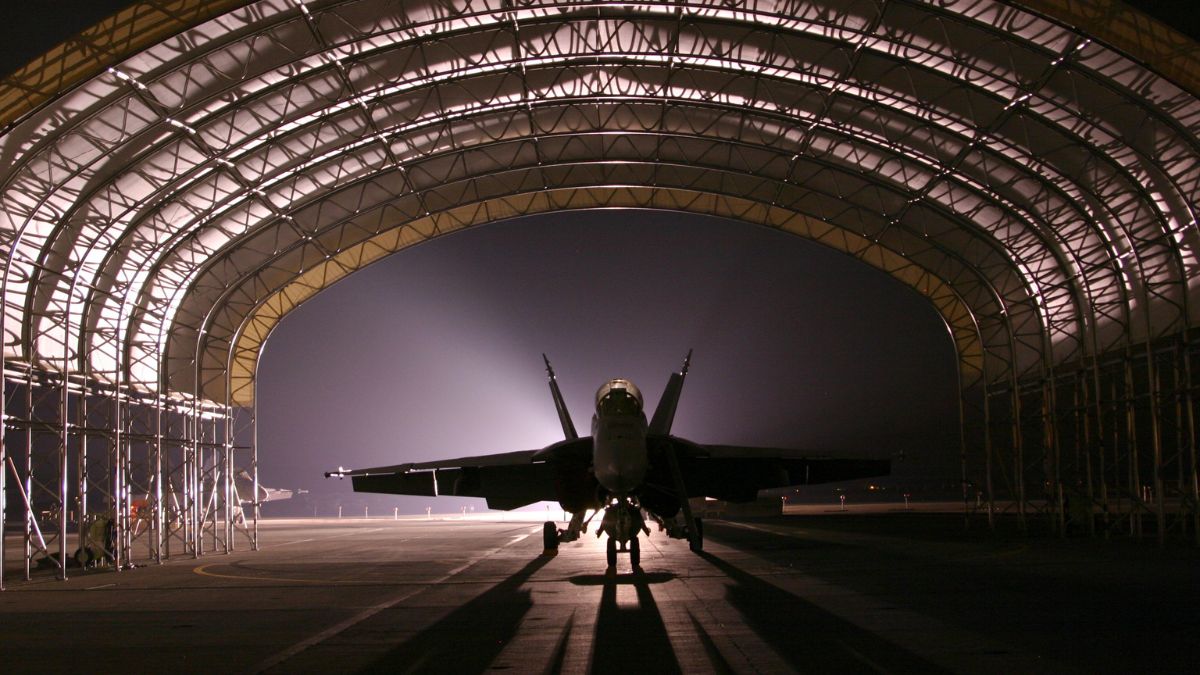Predictive maintenance systems are used today by both the commercial and defense sectors to generate detailed maintenance recommendations for aircrafts, which may help enhance safety, reduce accidents, as well as extend the life of aircraft components.
Currently, the U.S. Air Force, in partnership with industry, has developed and integrated the Predictive Analytics and Decision Assistant (PANDA), a predictive maintenance solution into their aircraft maintenance processes. Using Artificial Intelligence, Machine Learning, and data analytics, PANDA monitors operations, detects anomalies, and forecasts equipment issues before they occur. By automating data collection and enabling swift repairs, PANDA has predicted hundreds of failures, ensuring mission readiness for over 3,000 aircraft across 16 platforms. Despite such progress, challenges still exist.
Challenges with System Integration
The defense sector currently faces a couple of major challenges in implementing predictive maintenance strategies effectively.
- Cultural Shift from Traditional Maintenance: The defense sector has traditionally relied on a maintenance strategy where equipment is used until it fails. Transitioning to a predictive maintenance approach, which anticipates failures and conducts maintenance beforehand, requires significant changes in both organizational mindset and operational procedures. This cultural shift is often complicated by the need for comprehensive training and the development of new operational protocols, which can be resource-intensive and slow to implement.
- Integration and Standardization Challenges: Another major challenge is integrating predictive maintenance technologies across diverse and complex military platforms. Each system or piece of equipment may require unique adaptations, making standardization difficult. The lack of standardized methods to distinguish parts removed based on predictive forecasts complicates the implementation. This is further exacerbated by inconsistencies in data accuracy and the availability of advanced algorithms needed to effectively forecast maintenance needs. Moreover, these technologies require significant funding and resource allocation, which are not always sufficiently provided.
These challenges underline the need for not only technological solutions but also organizational and strategic adaptations to fully realize the benefits of predictive maintenance in enhancing operational readiness and reducing costs in the defense sector.
Technologies to Promote Operational Excellence
To help address the challenges associated with predictive maintenance in the defense sector, here are some key technologies and solutions that can be implemented:
- Advanced Sensor Technologies: The deployment of advanced sensors on military equipment can provide continuous, real-time monitoring of the system’s health. These sensors collect data on various parameters such as temperature, pressure, and vibrations, which can be analyzed to predict equipment failure before it occurs. This technology not only facilitates early intervention but also helps in collecting large volumes of data essential for refining predictive maintenance algorithms.
- Machine Learning (ML) and Artificial Intelligence (AI): Integrating ML and AI algorithms can significantly enhance the analysis of data collected through sensors. AI can detect patterns and anomalies in the data that might indicate potential failures. Over time, these systems can learn from historical data, improving their predictive accuracy and thereby reducing unnecessary maintenance, downtime, and costs.
- Big Data Analytics: The defense sector can leverage big data analytics to process and analyze the vast amounts of data generated by sensors on various equipment. This analysis helps in identifying trends and predicting potential breakdowns more accurately. Big data technologies also support the integration of data across different platforms, improving the overall efficiency of predictive maintenance programs
- Digital Twins: Creating digital twins of military assets allows for the simulation and analysis of their behavior under various operational conditions. Digital twins use the data collected by sensors to create a virtual model of the physical asset, enabling the military to simulate scenarios and predict outcomes without having to physically test the asset. This not only helps in predictive maintenance but also assists in extending the life of the equipment and optimizing its performance.
Implementing these technologies and solutions requires upfront investment but can lead to significant long-term benefits in terms of cost savings, enhanced safety, and improved readiness of military assets.
Upgrade Your Predictive Maintenance Capabilities with Performance Defense
Performance is dedicated to supporting its clients in developing state-of-the-art mission-and safety-critical solutions. With our wealth of experience, cutting-edge tools, and exceptional talent, we stand ready to facilitate the development or enhancement of your predictive maintenance solutions. With flexible service offerings and customized solutions like our Performance Data Loader and the EDGE 5G-XTM , consider partnering with Performance and connect with our team of experts today.





